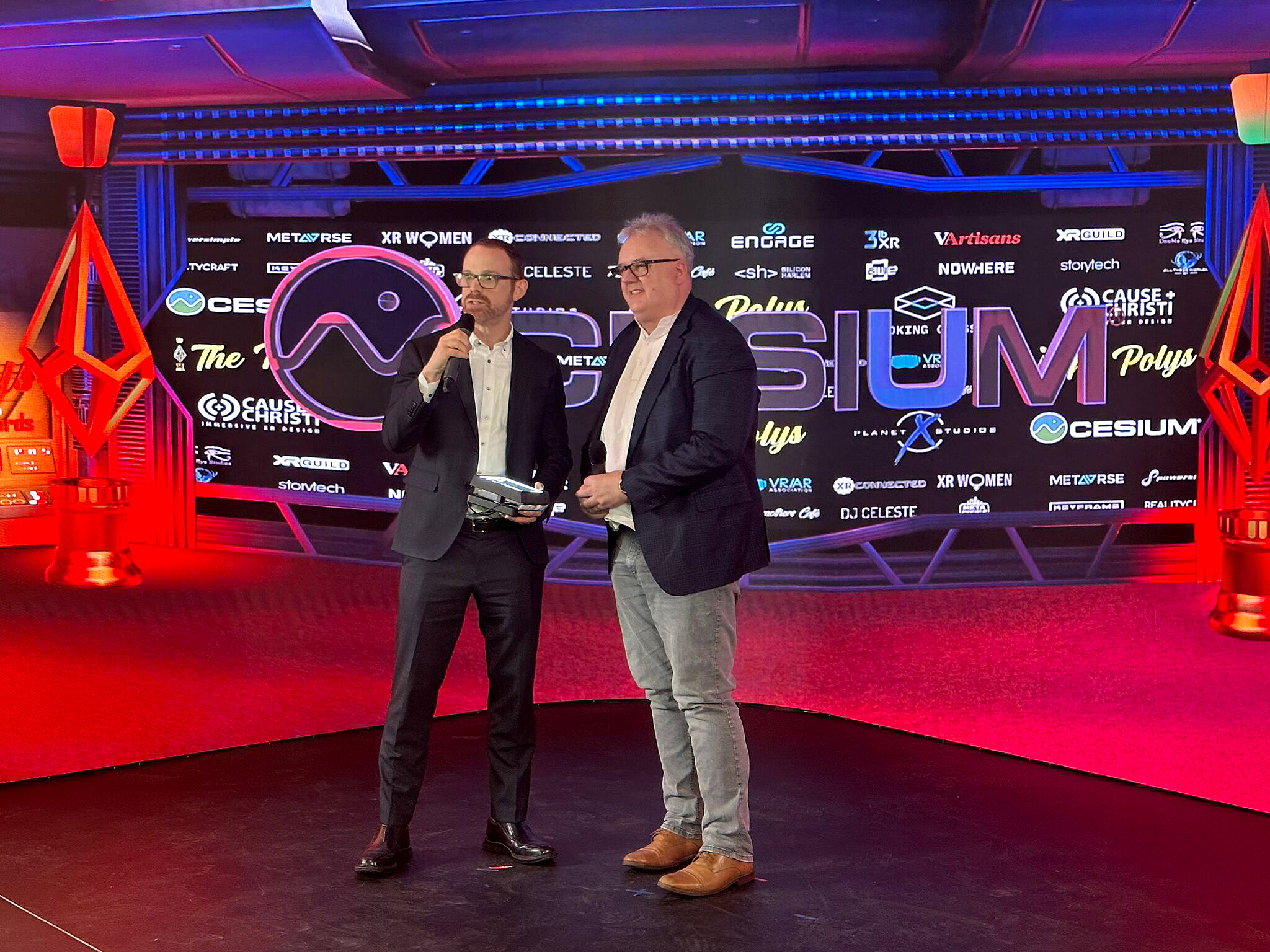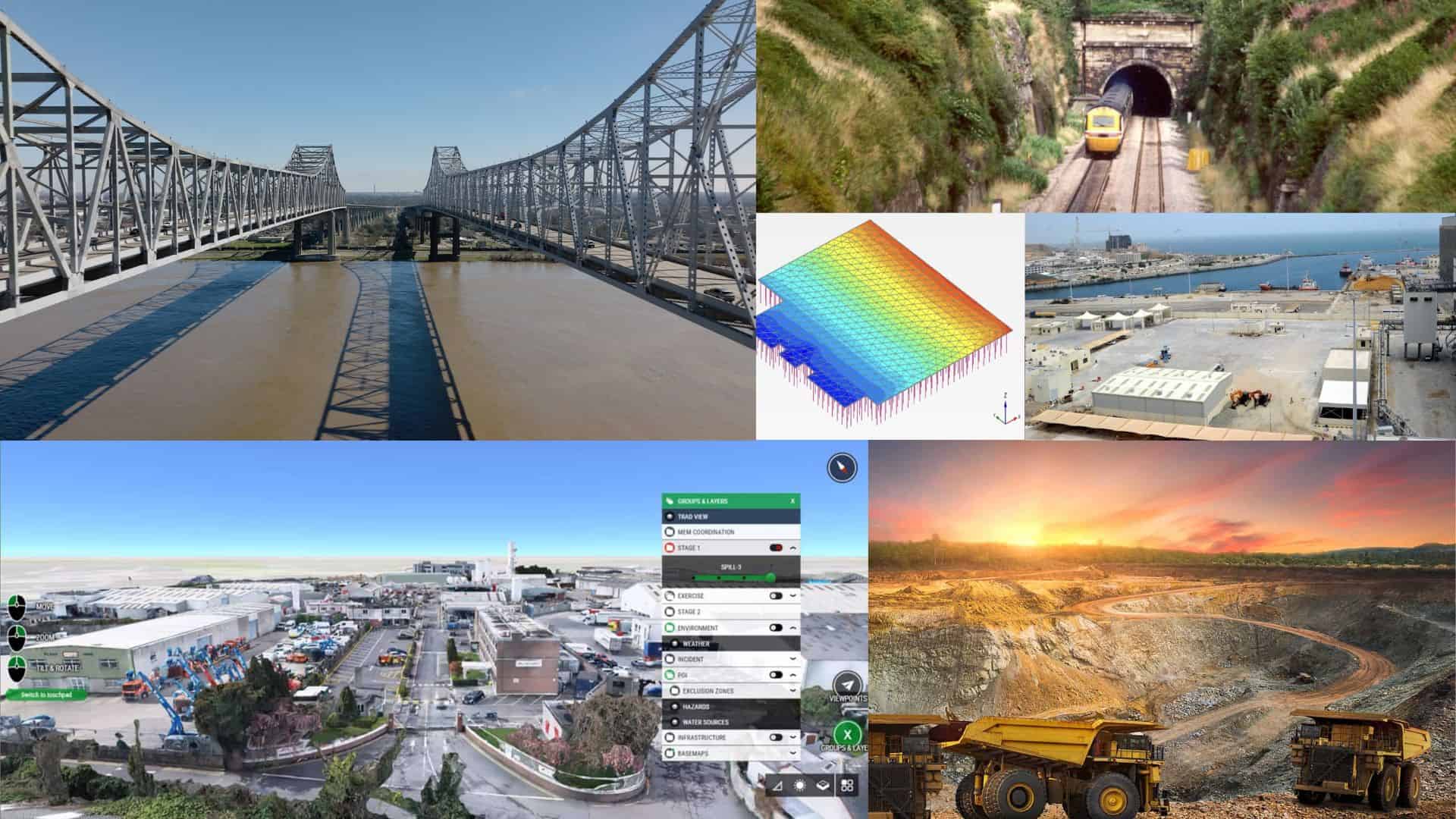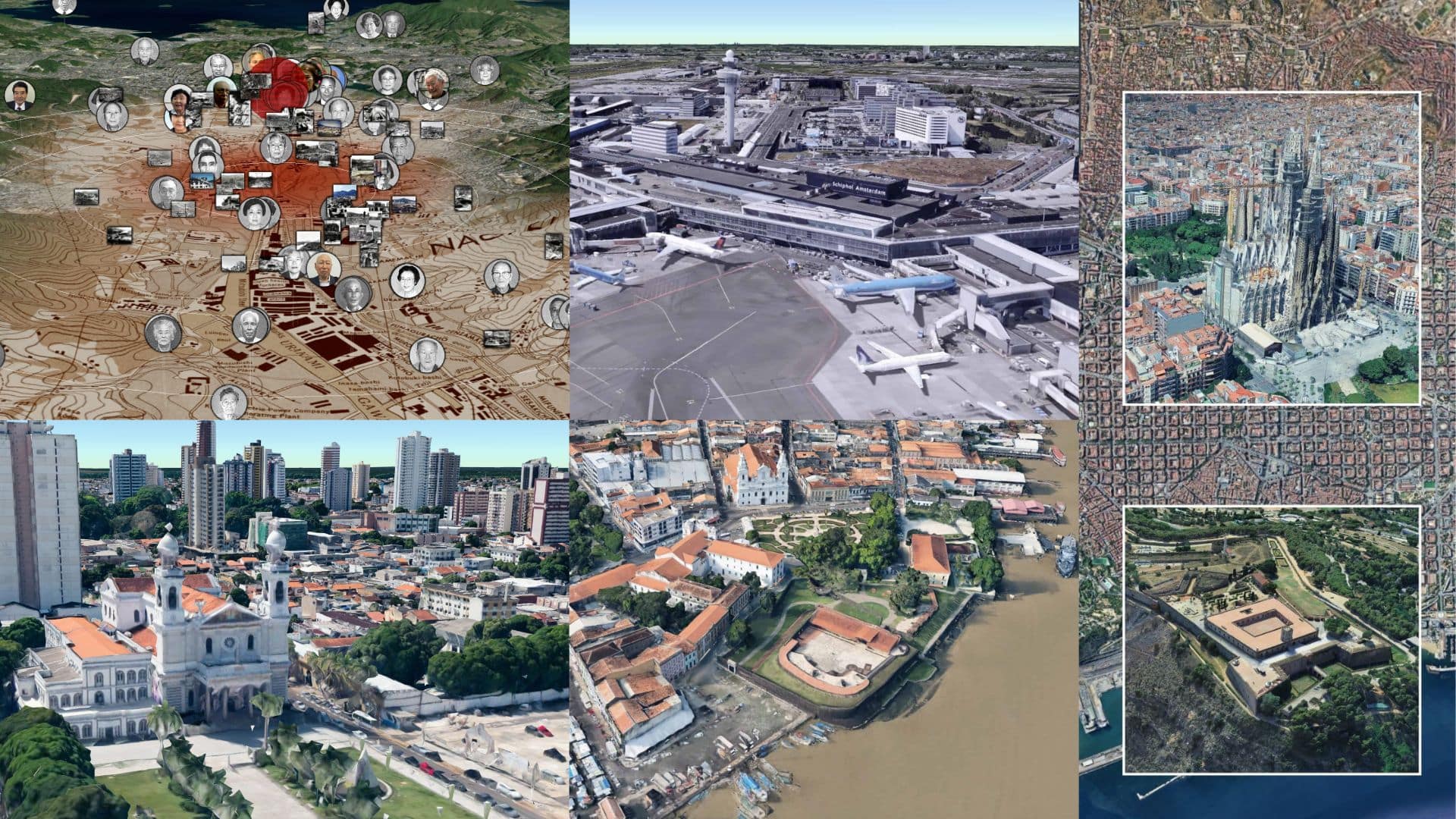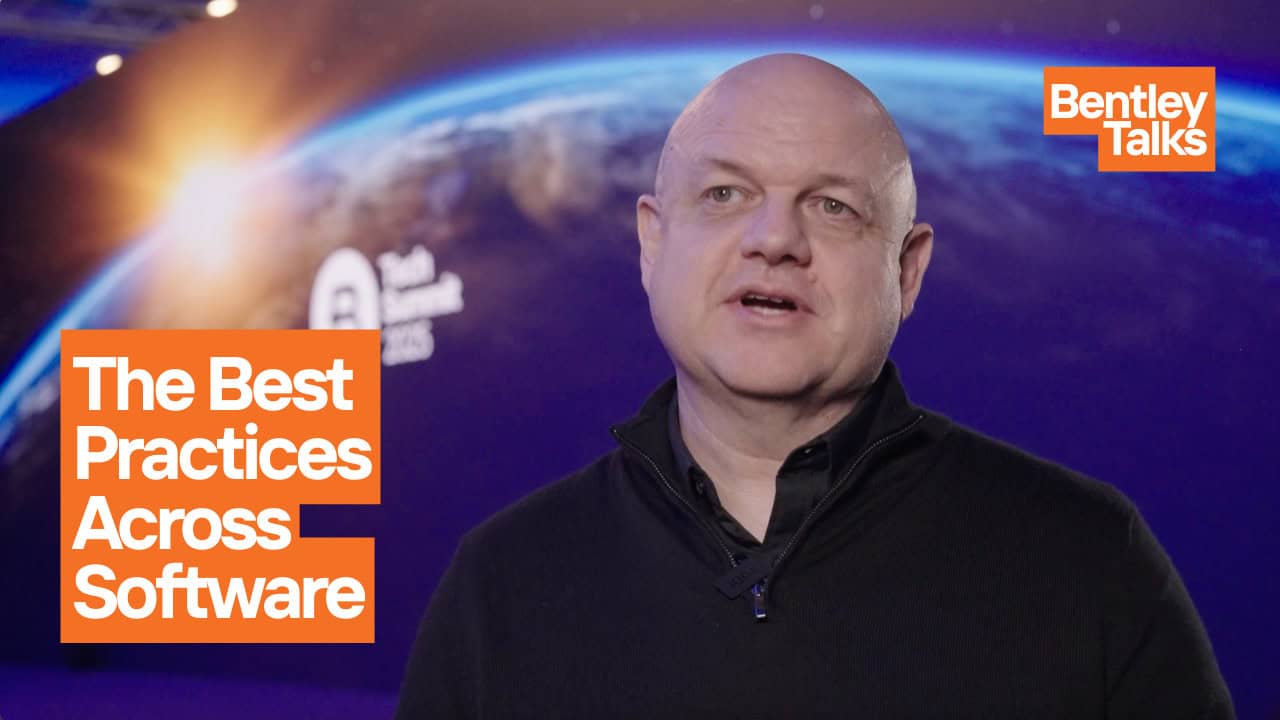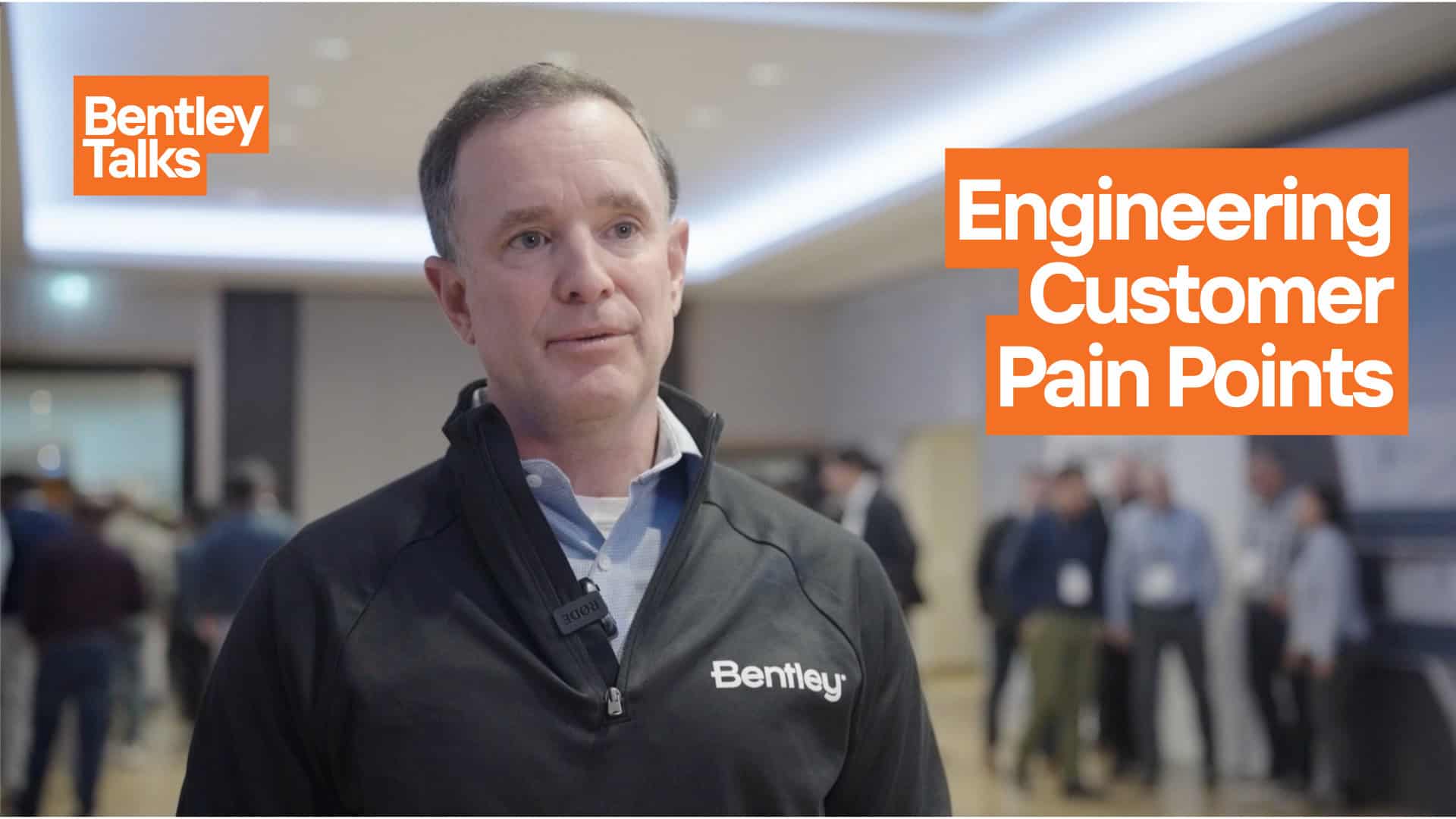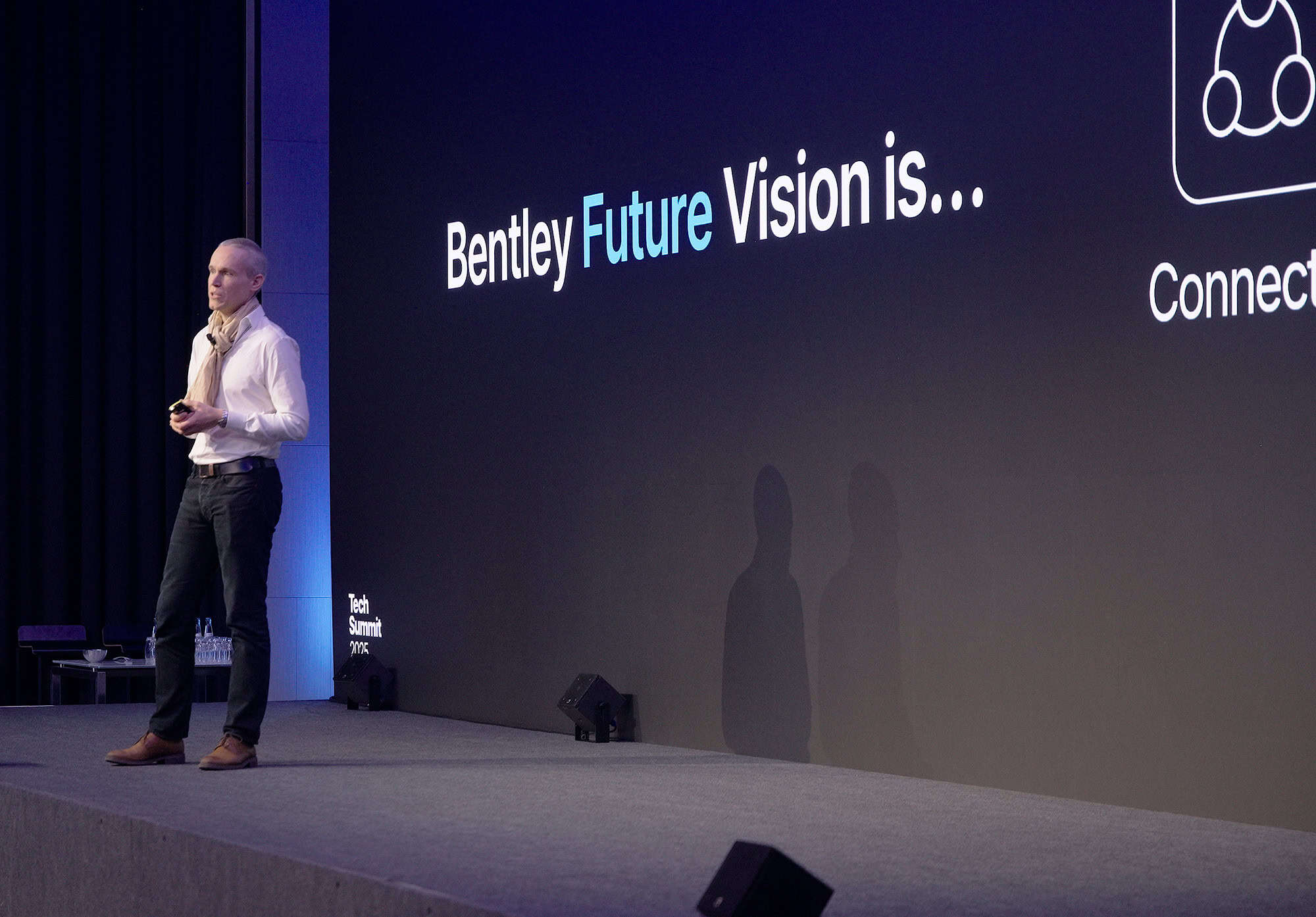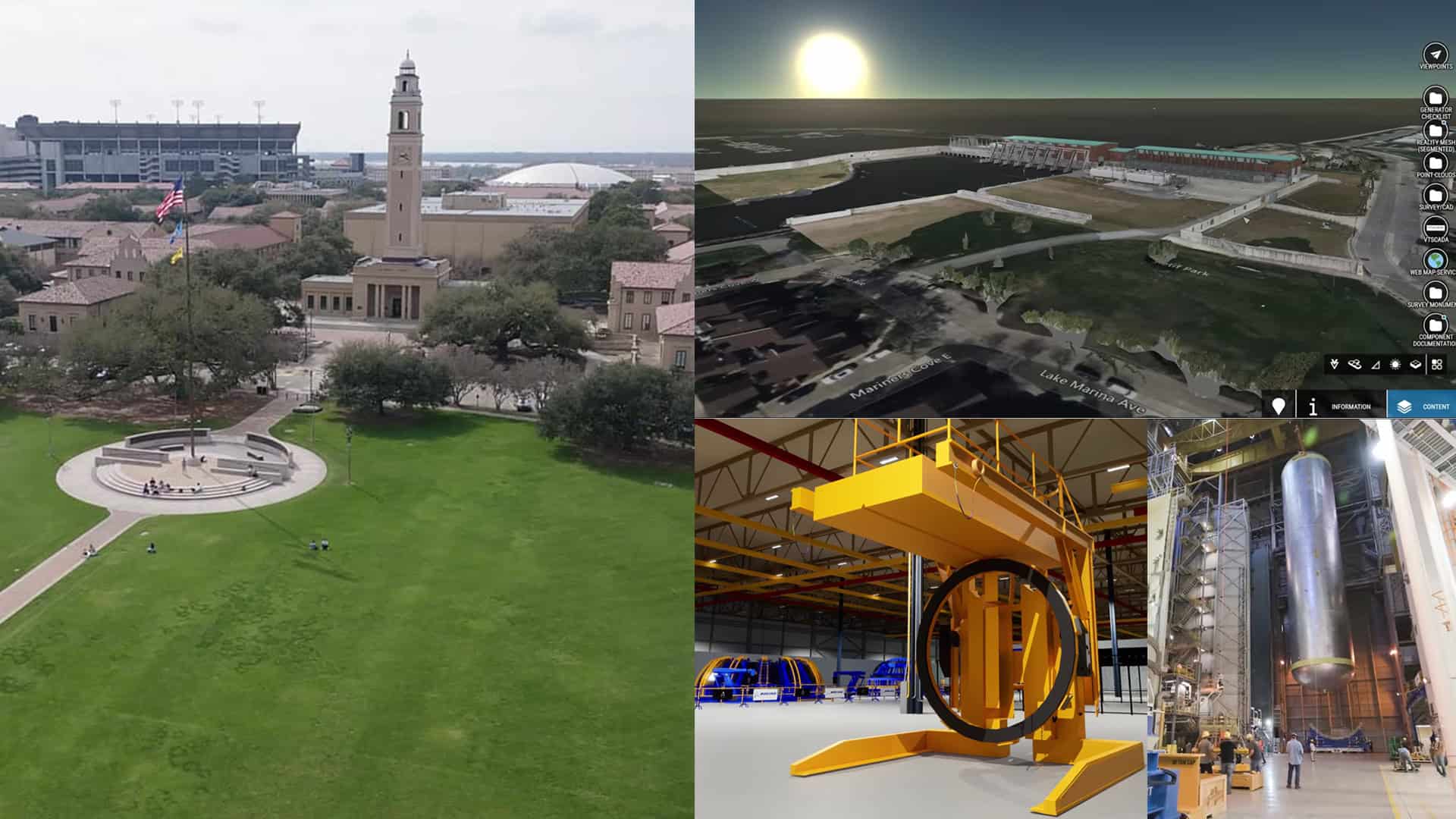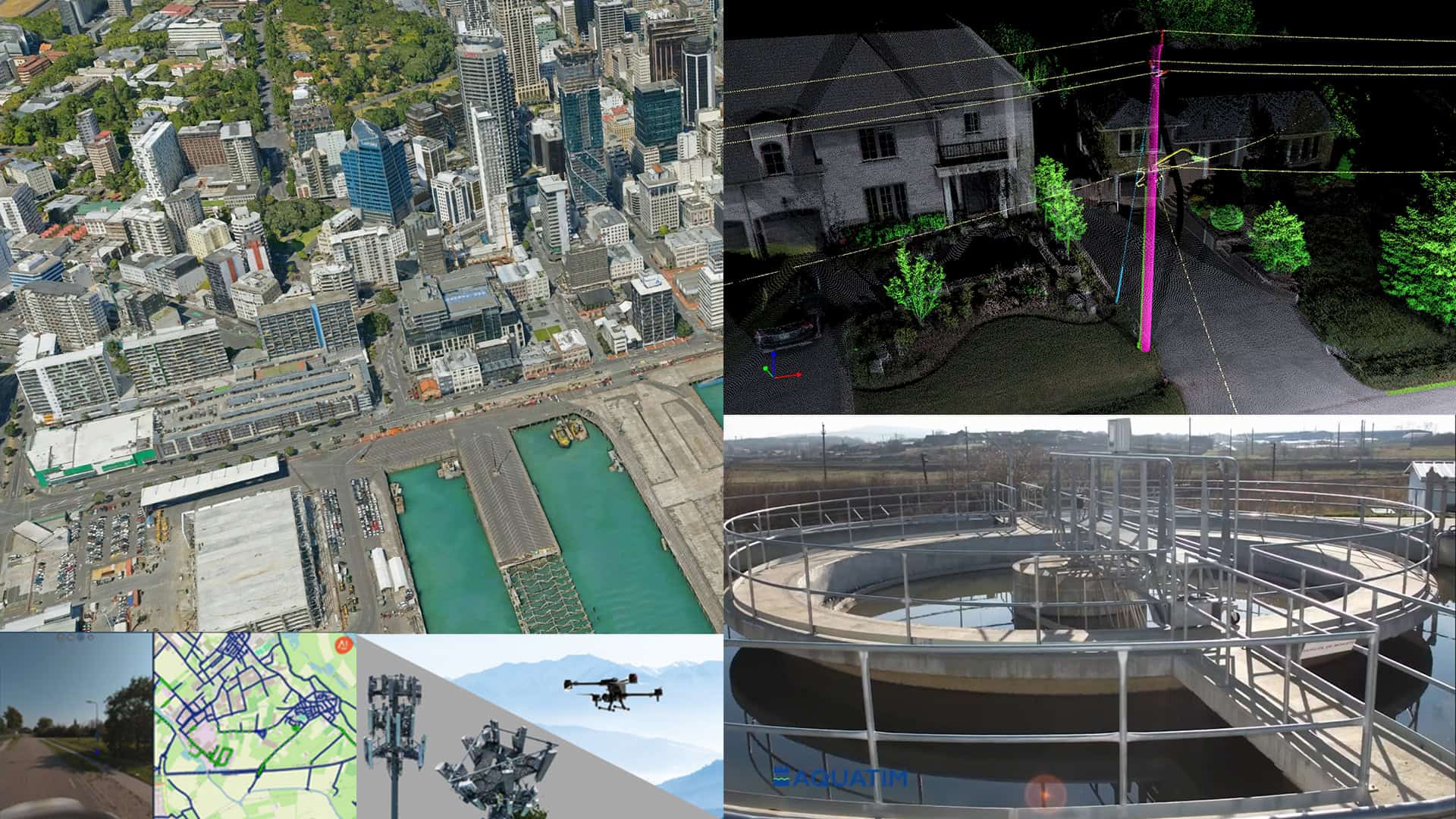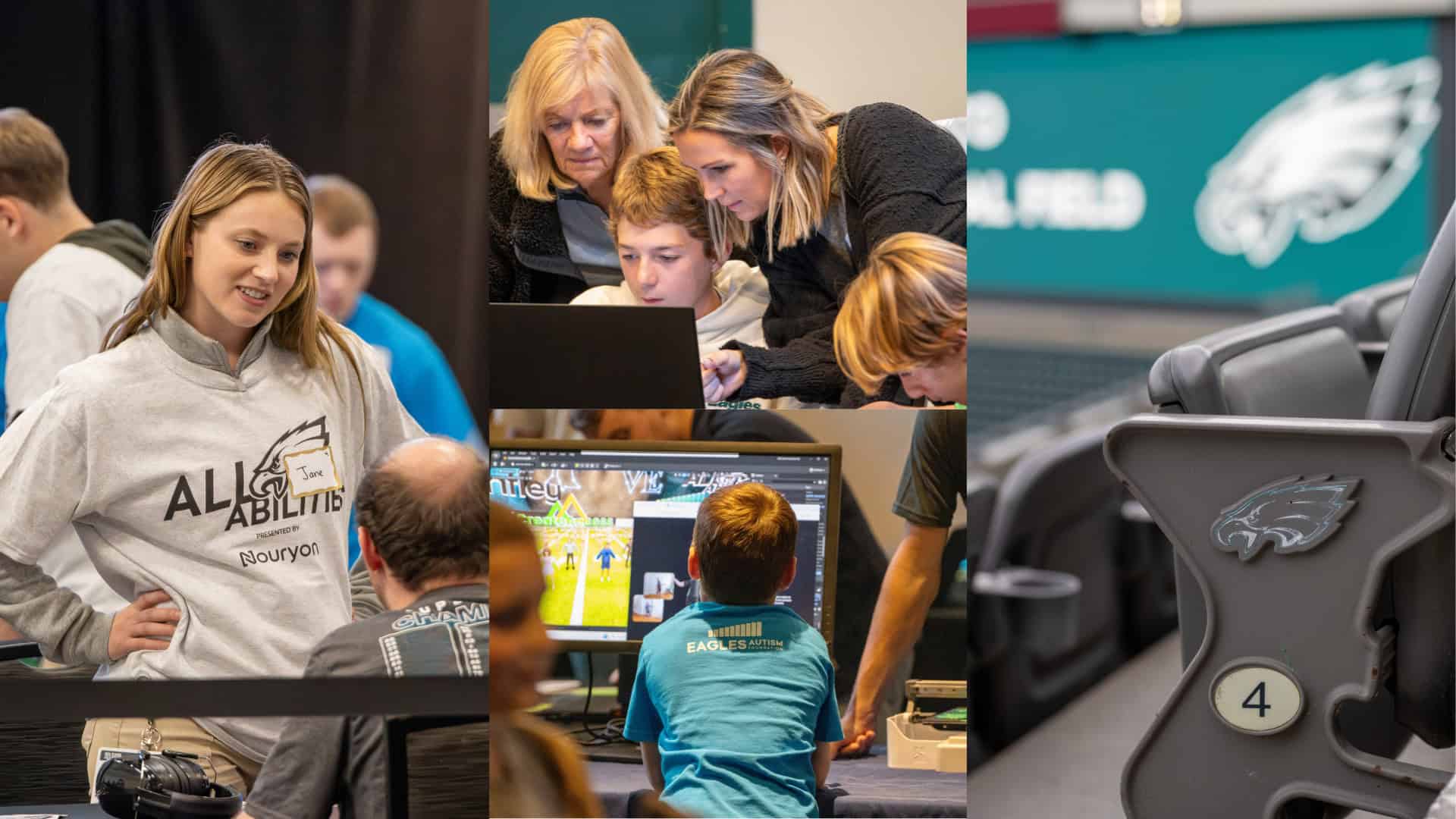Open standards are the invisible glue that hold the digital world together. They are everywhere—Wi-Fi, Bluetooth and HTML have become household names—and they enable software, hardware and data to seamlessly work together, ensuring that innovation isn’t stifled by incompatible proprietary silos. A key player in this movement is The Khronos Group, a nonprofit industry consortium responsible for developing more than 20 of the most widely used open interoperability standards in 3D graphics, parallel processing, machine learning, and other technology.
“From Google and Nvidia to AMD and Intel, this is where companies that may be arch enemies in the commercial space come together, genuinely working together for the common good,” says Neil Trevett, the elected president of Khronos and vice president of developer ecosystems at Nvidia.
Bentley Systems, the leader in infrastructure engineering software, has fully stepped into the Khronos ecosystem at a pivotal moment with its 2024 acquisition of Cesium—a longtime Khronos member and world leader in geospatial visualization. As digital twin and infrastructure modeling technologies mature, Bentley’s involvement is helping to shape an open, connected, and interoperable future for infrastructure.
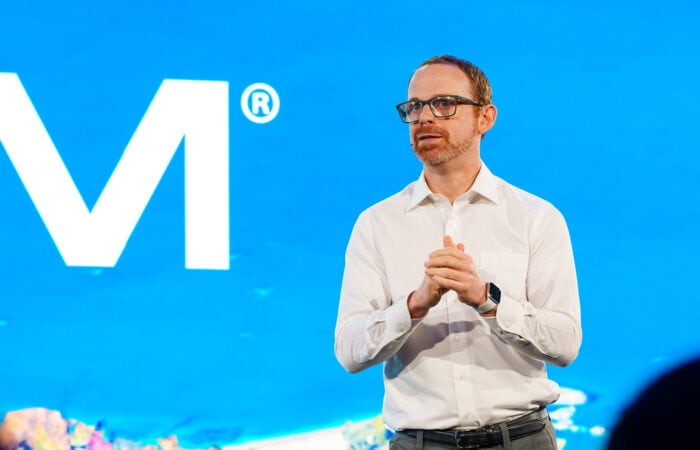 Patrick Cozzi, the founder of Cesium and Bentley’s chief platform officer talks about geospatial technology during the 2024 Year in Infrastructure conference.
Patrick Cozzi, the founder of Cesium and Bentley’s chief platform officer talks about geospatial technology during the 2024 Year in Infrastructure conference.Khronos has over 160 member organizations across 60 countries and a global community of around 5,000 developers contributing to its efforts. At its core, Khronos’s stated goal is to “connect software to silicon”—ensuring that GPUs (graphics processing units), VR headsets, 3D rendering engines, and the software that drives them all speak the same efficient language.
With more than 15 working groups, Khronos has developed industry-defining standards. These include: Vulkan, a high-performance, cross-platform graphics and compute API designed to provide efficient access to modern GPUs; WebGL, a technology that brings 3D graphics to the web without plugins; and glTF (Graphics Library Transmission Format), a lightweight, efficient standard for transmitting 3D assets, often referred to as the “JPEG of 3D” for its ability to compress and stream 3D models with minimal loss of quality.
Patrick Cozzi, the founder of Cesium and Bentley’s chief platform officer, is a co-creator of gITF. These technologies power everything from cutting-edge gaming engines to city-scale digital twins.
Cesium, a leader in geospatial visualization, has been one of the most influential contributors to Khronos’s 3D standardization efforts. Cesium has been a Khronos member since 2012, when it played a crucial role in developing and advancing glTF. “The early phase of glTF’s development was driven by a tiny but committed group that clearly saw the need for it—we laughingly refer to it as the ‘Band of Brothers’ phase,” Trevett says.
Learning from COLLADA
Cozzi remembers it well: “At the time, I was looking at COLLADA, an XML-based 3D format that was popular then, but it just wasn’t efficient enough for the web. As I started designing an alternative, I discovered Khronos was working on something called Web glTF. When I looked at it, I realized it was exactly what I had begun to design—so I joined them.”
Trevett says that Cozzi “took the group from three to four and then to dozens of companies and was instrumental in making glTF the most widely used 3D asset format in the world today.”
Cesium also went on to pioneer 3D Tiles. This popular open standard—which has been adopted by Google and is familiar to anyone using Google Maps—is based on glTF and designed to efficiently stream massive geospatial datasets. These datasets are critical for visualization applications like urban planning and infrastructure modeling. The 3D Tiles open standard was developed in partnership with another industry standards consortium, the Open Geospatial Consortium, which also has links to Khronos.
Bentley’s acquisition of Cesium in 2024 brought the infrastructure engineering software company fully into the Khronos ecosystem, bringing a fresh focus to the consortium on developing open standards for digital twins and infrastructure engineering.
Joining Khronos is more than just a membership: It’s an active commitment to collaboration, and one of the defining aspects of this approach is its openness. The glTF working group, for example, holds weekly calls where contributors—software developers, hardware vendors, and digital content creators—come together from across the industry. “That’s where everyone checks in on current projects but also figures out what new tooling or extensions we need,” says working group member Sean Lilley, principal software architect at Cesium.
Git this!
While these discussions provide consensus on direction and priorities, the real work happens on GitHub. The collaborative software development platform is where Khronos members and the broader developer community work together, in the open. “That’s core to how Khronos, Cesium, and Bentley operate—doing as much as possible in the open,” Lilley says. By keeping the development process transparent and accessible, Khronos ensures that its standards evolve based on real-world needs rather than proprietary interests.
For Cesium, becoming part of Bentley has expanded its focus beyond geospatial applications to include infrastructure and Building Information Modeling (BIM), an ecosystem that Lilley describes as “very fragmented.” Open standards exist, such as the Industry Foundation Classes (IFC)—a standardized format for sharing BIM data across different software platforms—but many firms remain locked into specific software ecosystems. This lack of flexibility makes it difficult for engineers, architects, and construction firms to freely share and reuse data. “They don’t want to be locked in,” Lilley says. “They want to be able to export their data into an open standard so it can be shared and imported everywhere.”
That’s where Bentley’s Base Infrastructure Schema (BIS) comes in.
The Open Evolution
BIS is Bentley’s schema for structuring and organizing infrastructure data so it can be queried, analyzed, and reused across multiple platforms. It provides a consistent way to define key elements—like doors, walls, and windows, along with their properties—so professionals can get more value from their data without being tied to a single vendor.
Bentley has already made BIS open source, but its next evolution could see it developed into an open standard. Rather than being incorporated into the core glTF specification, BIS would take shape as an industry-specific glTF extension—similar to how other market sectors have developed specialized glTF extensions to meet their unique needs. This approach ensures that the glTF core remains streamlined.
While glTF originally transformed 3D streaming for the web, an open BIS extension to glTF could improve interoperability for BIM and infrastructure data, making collaboration more seamless in this important market sector. “With open standards the big winners are the users: giving them the freedom of choice for their tools, the capacity to integrate with and extend the software they use, the confidence to be able to work with their data in the long run and the flexibility given by an increased interoperability between vendors,” says Julien Moutte, Bentley’s chief technology officer.
“Vendors are also winning here, what used to be walled gardens become territories of opportunities and partnerships, creating growth by increasing the size of the pie and the value they can deliver to their users.”
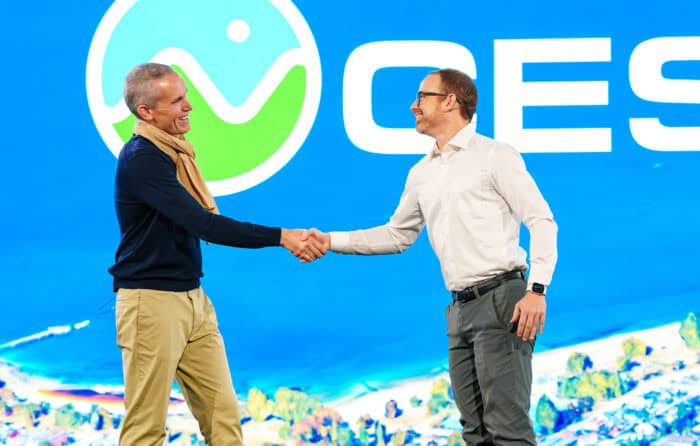 Bentley’s Chief Technology Officer Julien Moutte welcomes Patrick Cozzi to the stage to discuss geospatial technology during the 2024 Year in Infrastructure conference in Vancouver.
Bentley’s Chief Technology Officer Julien Moutte welcomes Patrick Cozzi to the stage to discuss geospatial technology during the 2024 Year in Infrastructure conference in Vancouver.Making A Splat
Beyond BIM, Bentley is also helping harness advances in real-time rendering, such as Gaussian splatting. This technique reconstructs 3D scenes from 2D images or depth scans, creating highly detailed yet lightweight representations. “Some of our infrastructure data sets contain a lot of very fine details and thin geometry, such as cell towers with lots of wires,” Lilley says. “Gaussian splats offer a much better representation than traditional meshes, because instead of rigid polygons, they use adaptable points that seamlessly blend.
 A 3D rendering of communications tower is being represented using Gaussian splats.
A 3D rendering of communications tower is being represented using Gaussian splats.Right now, there’s no open standard for encoding and distributing Gaussian splats, which is why Khronos is exploring how to integrate them into glTF. “The real question is always when to standardize,” says Trevett. “Do it too early, and you risk stifling innovation. Too late, and the ecosystem is already fragmented. But with Gaussian splats, we are getting very close to the optimal standardization window.”
This is good news for Bentley and the future of digital twins. Higher-resolution, more efficient scene representation means that digital twins are more detailed and realistic, and easier to render at scale—a crucial benefit for infrastructure, engineering, and city planning. “The base glTF spec is already well suited for Gaussian splats,” says Lilley. “Our main focus right now is looking at industry standard compression techniques and see how we can bring those into glTF.”
The Great Wide Open
Bentley helping to drive interoperability at Khronos represents more than just industry collaboration—it’s a step toward a more open, connected, and interoperable future for digital twins and infrastructure engineering. By aligning their efforts, these organizations are helping to break down technical silos, making it easier to share, analyze, and visualize vast amounts of 3D data across industries.
With innovations like Gaussian splatting, the continued evolution of glTF, and the push to establish BIS as an open-standard extension, the groundwork is being laid for a new era of digital modeling. “Bentley has the opportunity to help lift traditional design standards up into the spatial computing age,” says Trevett. “We’re looking at building information as one of the next industry-specific additions to the glTF ecosystem, and Bentley is in a prime position to collaborate in defining it—especially now that they have Cesium’s expertise alongside them.”
As infrastructure grows ever more complex, the demand for open, scalable solutions will only increase. Bentley and Khronos are proving that industry collaboration isn’t just beneficial—it’s essential. By working together, they’re setting the foundation for a more connected, intelligent, and efficient digital world.
